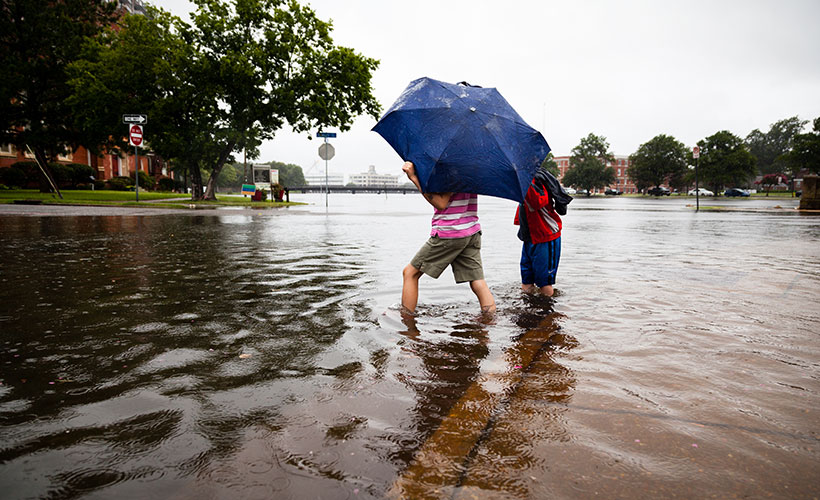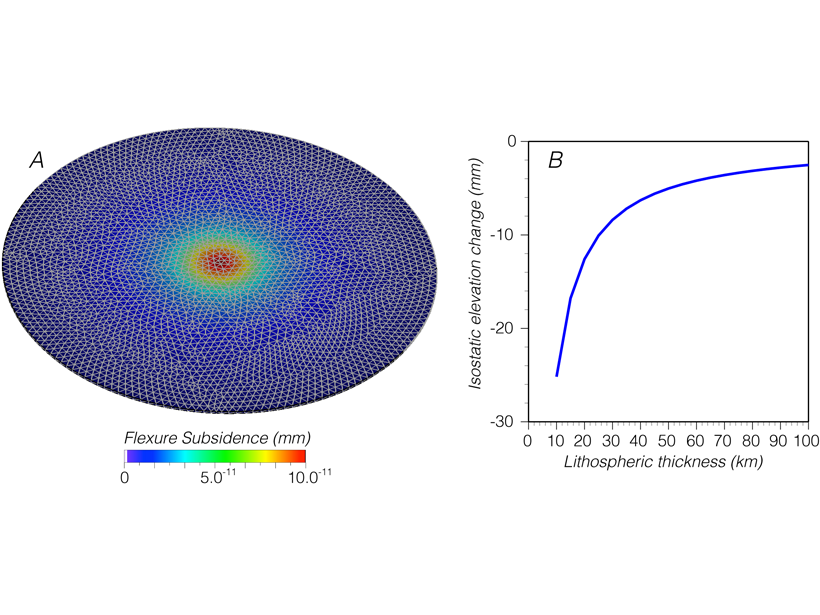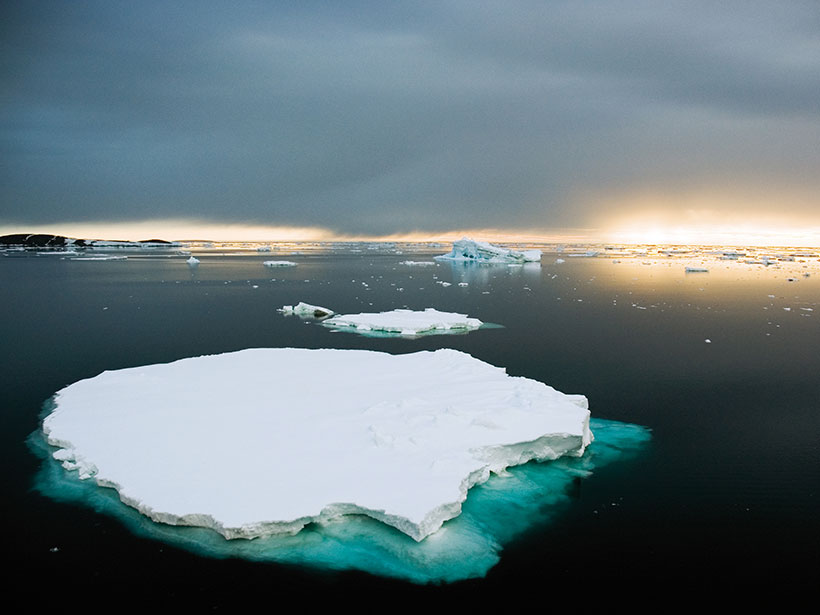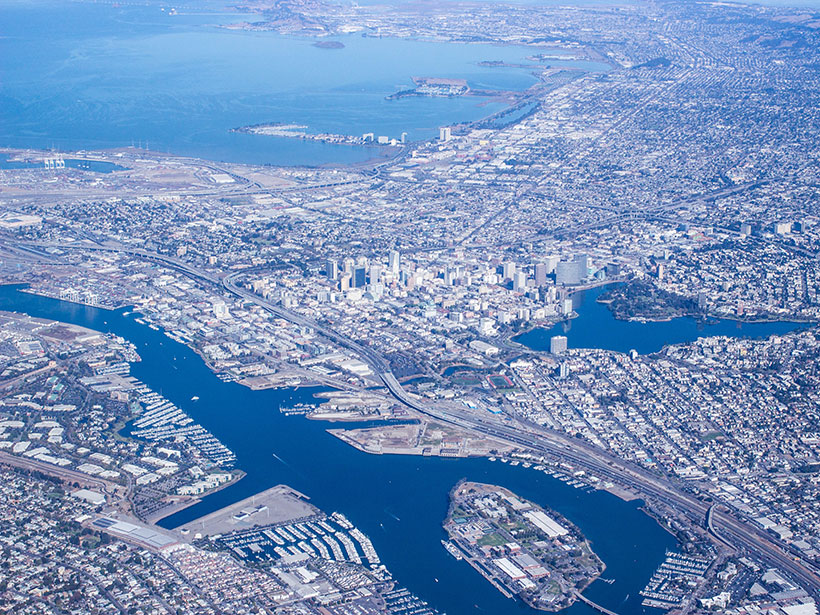Humans have locked in at least 20 feet of sea level rise—can we still fix it?
sea level change
Going Down: How Do Cities Carry That Weight?
Calculations show that the added weight of growing cities can lead to tens of millimeters of subsidence, an effect that needs to be considered for coastal cities under threat by sea-level rise.
Cape Cod: Shipwrecks, Dune Shacks, and Shifting Sands
Living in Geologic Time: How long will the cape keep its fist raised against the waves?
Gravity Data Reveal Unexpected Antarctic Ice Variations
A new analysis of long-term satellite records shows the East Antarctic Ice Sheet is unexpectedly dependent on fluctuations in weather. This study may improve models of how much sea levels will rise.
A Floating Buoy Fleet Could Help Scientists Track Rising Seas
A new observing system to track mean sea level could piggyback on infrastructure already in place and extend the geographic area over which sea level is monitored.
Sea Level Rise May Erode Development in Africa
The continent is enduring some of the highest global sea level rise. A new report identifies the western coast as particularly vulnerable to coastal erosion and saltwater intrusion.
Reframing the Language of Retreat
With so many communities facing relocation from a changing climate, reframing “managed retreat” is needed to respect people’s self-determination.
Rising Seas and Agriculture Created Wetlands Along the U.S. East Coast
Most of the tidal marshes along the eastern coast of the United States formed within the past 6,000 years due to a combination of slowly rising seas and European colonization.
To Save Low-Lying Atolls, Adaptive Measures Need to Start Now
New research uses 5,000 years of geological data to understand how and when sea level rise will affect the livability of low-lying reef islands.
Modeling the Cascading Infrastructure Impacts of Climate Change
New research highlights how interdependences among infrastructure systems like roads can complicate climate adaptation.










